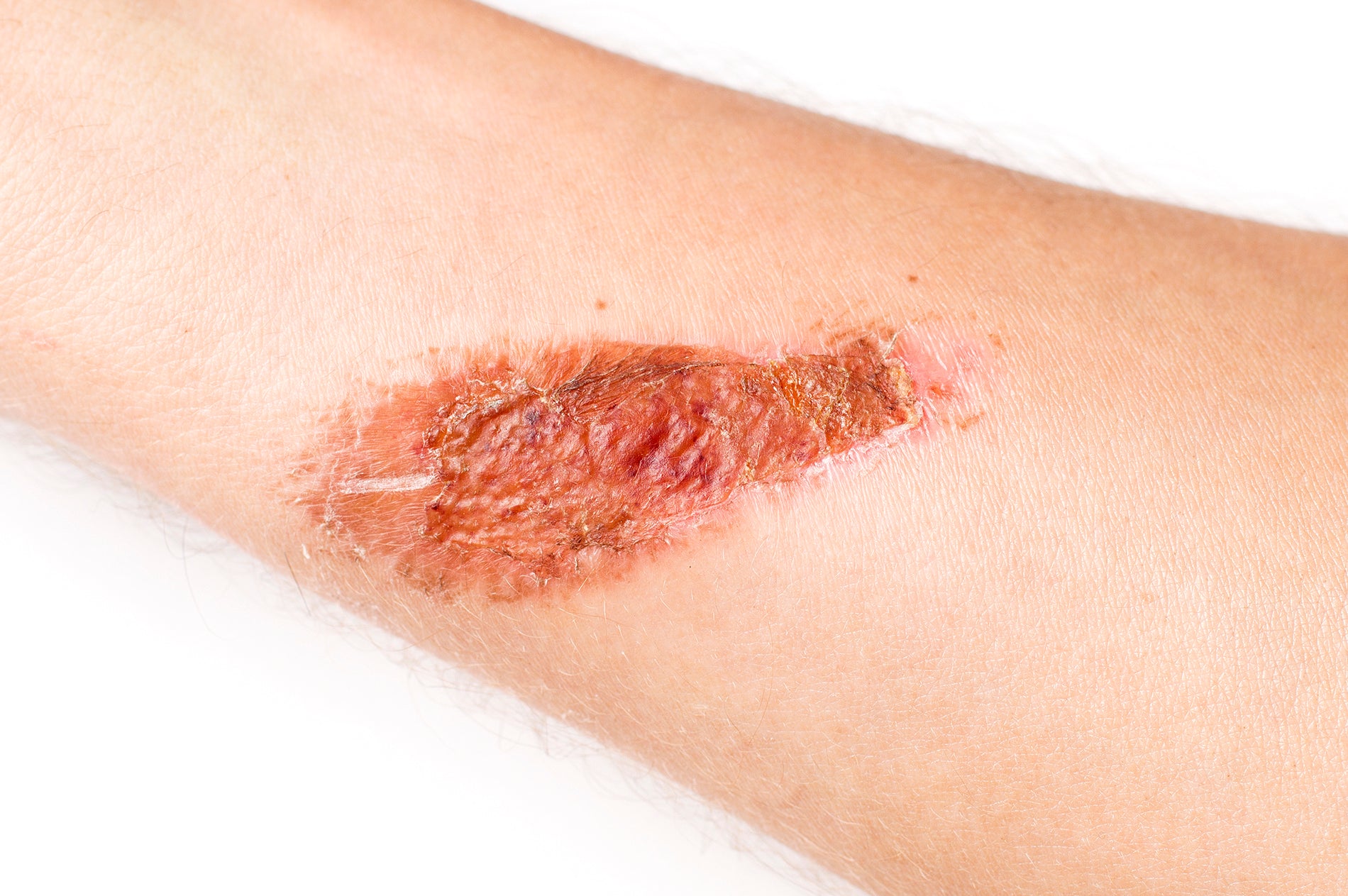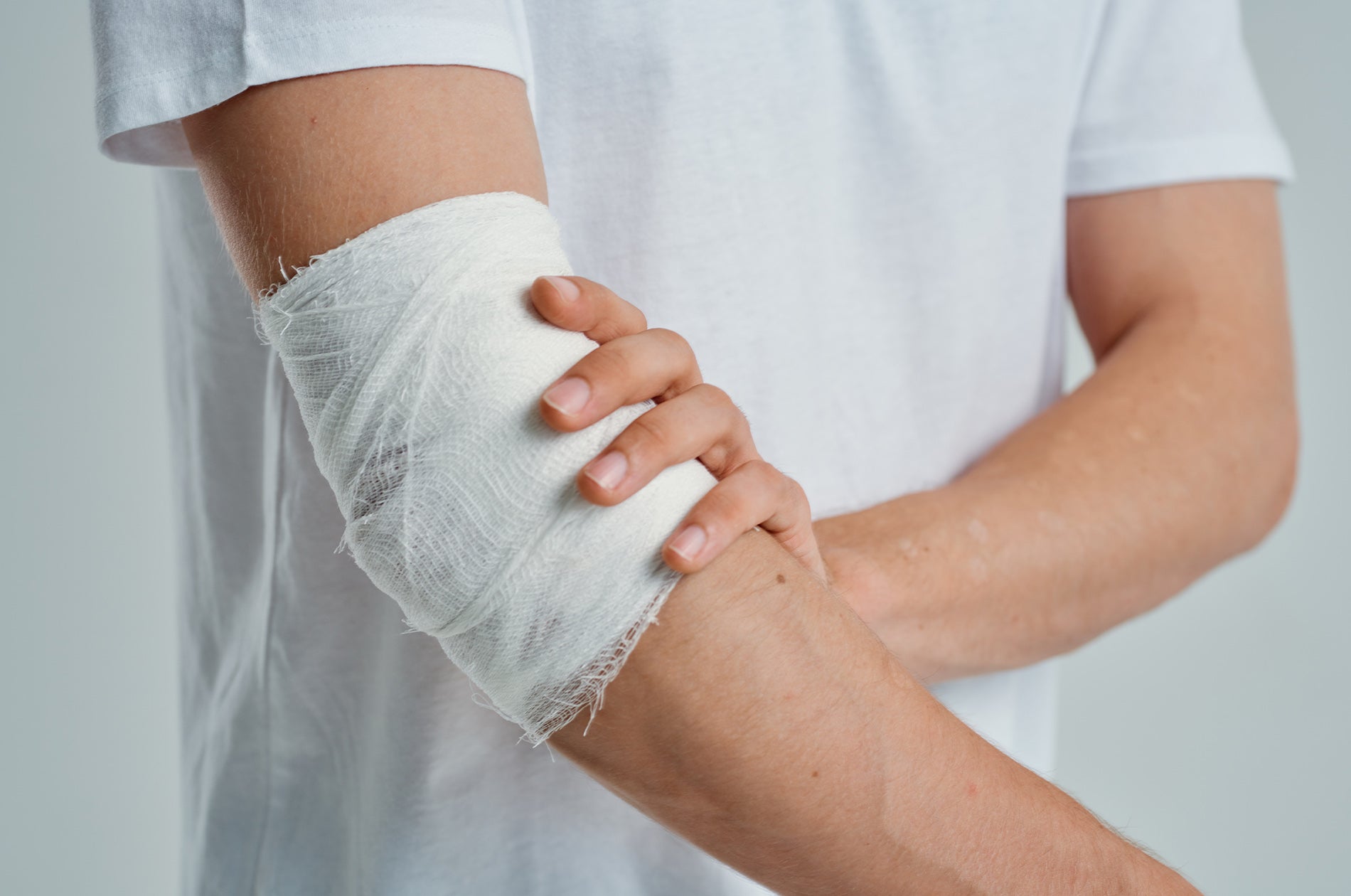
Hypochlorous Acid as a Potential Wound Care Agent
Journal of Burns and Wounds
March 11, 2007
Objective
Hypochlorous acid (HOCl), a major inorganic bactericidal compound of innate immunity, is effective against a broad range of microorganisms. Owing to its chemical nature, HOCl has never been used as a pharmaceutical drug for treating infection. In this article, we describe the chemical production, stabilization, and biological activity of a pharmaceutically useful formulation of HOCl.
Methods
Stabilized HOCl is in the form of a physiologically balanced solution in 0.9% saline at a pH range of 3.5 to 4.0. Chlorine species distribution in solution is a function of pH. In aqueous solution, HOCl is the predominant species at the pH range of 3 to 6. At pH values less than 3.5, the solution exists as a mixture of chlorine in aqueous phase, chlorine gas, trichloride (Cl3−), and HOCl. At pH greater than 5.5, sodium hypochlorite (NaOCl) starts to form and becomes the predominant species in the alkaline pH. To maintain HOCl solution in a stable form, maximize its antimicrobial activities, and minimize undesirable side products, the pH must be maintained at 3.5 to 5.
Results
Using this stabilized form of HOCl, the potent antimicrobial activities of HOCl are demonstrated against a wide range of microorganisms. The in vitro cytotoxicity profile in L929 cells and the in vivo safety profile of HOCl in various animal models are described.
Conclusion
On the basis of the antimicrobial activity and the lack of animal toxicity, it is predicted that stabilized HOCl has potential pharmaceutical applications in the control of soft tissue infection.
Full Publication

